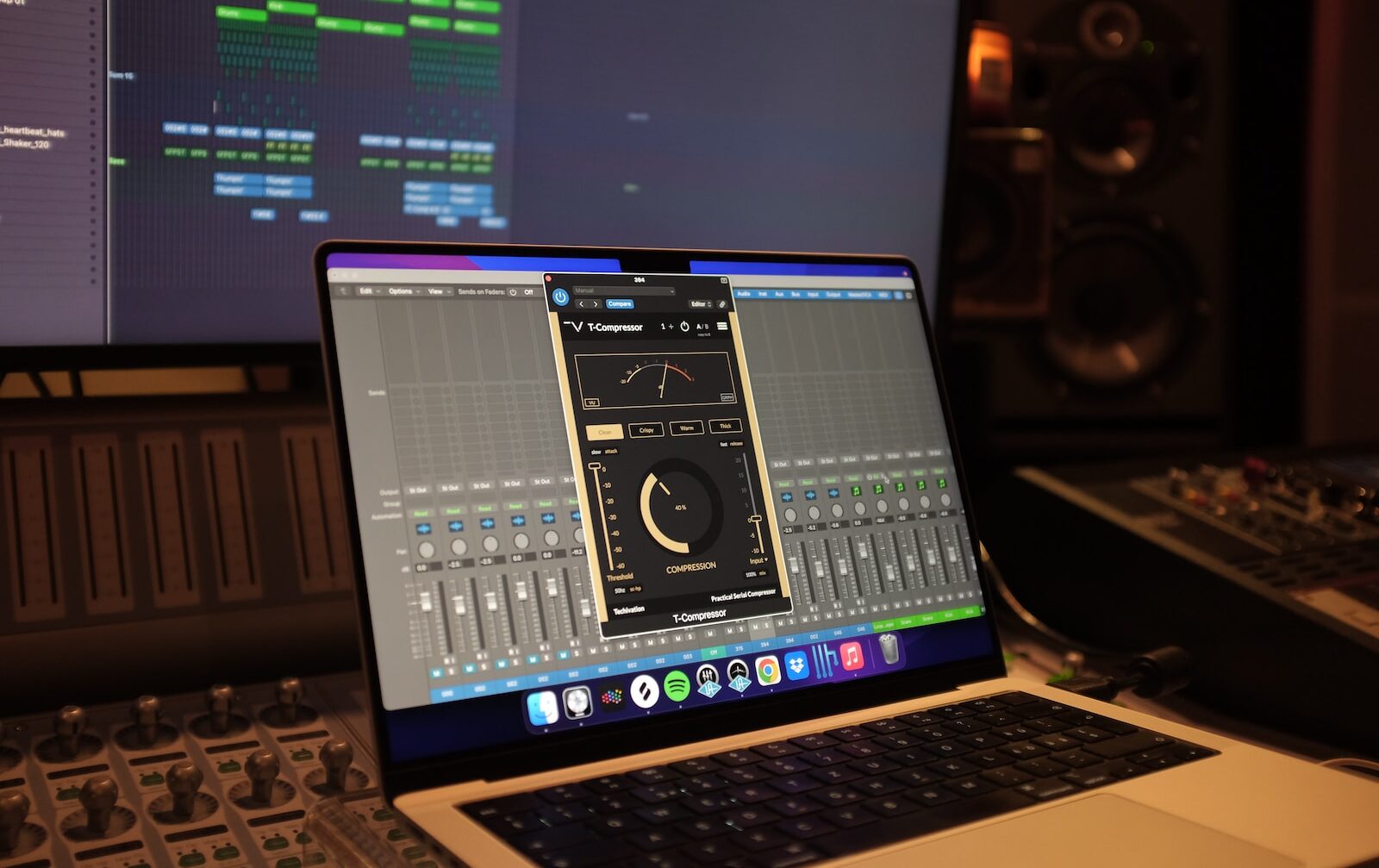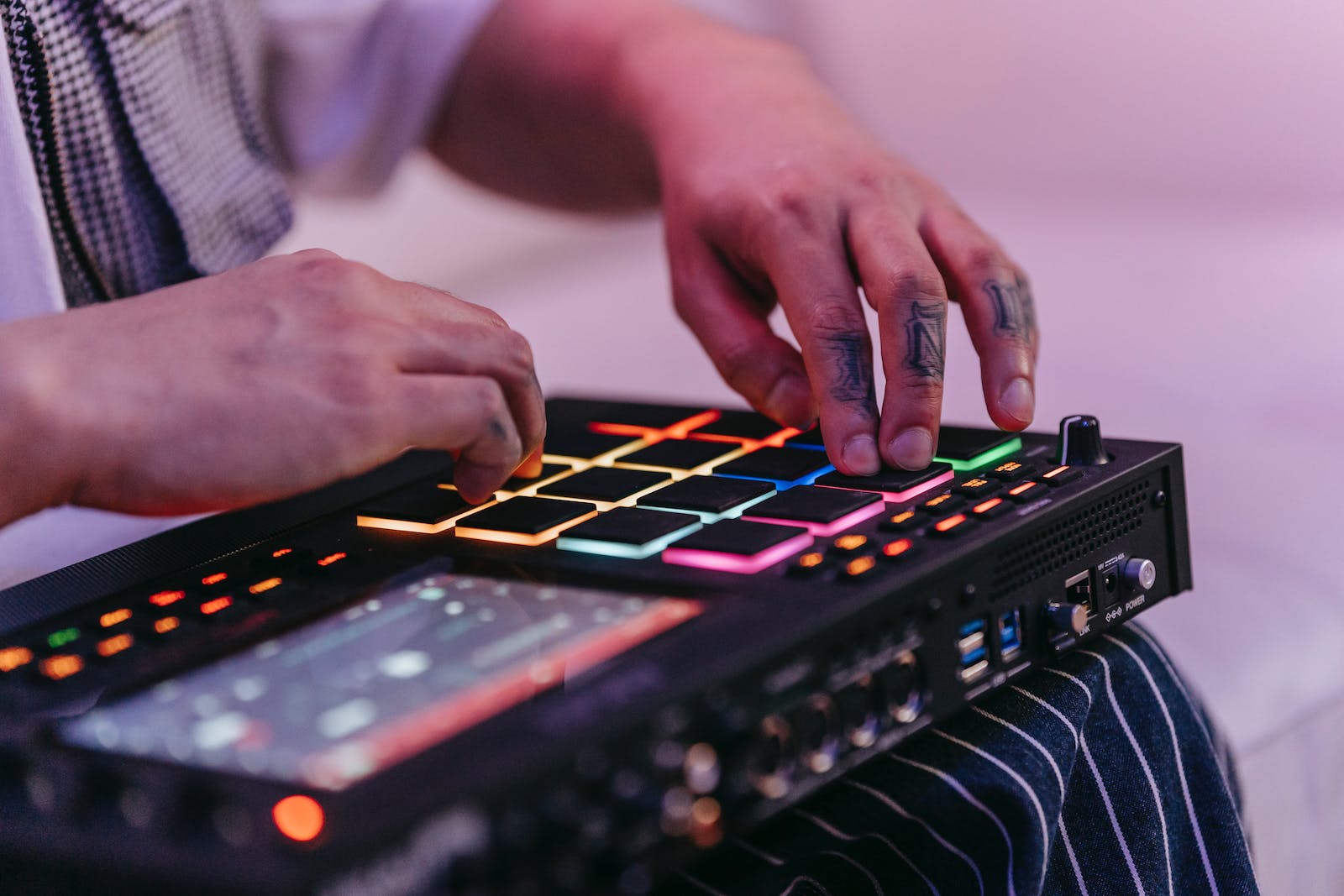
A sequencer in music production is a software or hardware tool used to create and edit musical sequences. It is an essential part of any modern music production setup, allowing musicians and producers to create and arrange musical ideas, and ultimately produce a finished track.
At its core, a sequencer is a device that records and plays back MIDI (Musical Instrument Digital Interface) data. MIDI is a digital language that allows electronic musical instruments and computers to communicate with each other. MIDI data consists of instructions for playing notes, controlling tempo, changing instrument sounds, and many other musical parameters.
A sequencer can be either hardware or software-based. Hardware sequencers are standalone devices that are dedicated to sequencing and recording MIDI data. They often feature physical buttons and knobs for controlling the sequencing process and may also include built-in sound generators for producing sounds. Software sequencers, on the other hand, are computer programs that run on a digital audio workstation (DAW) and allow users to sequence and edit MIDI data using a graphical user interface.

In both hardware and software-based sequencers, users can create and edit MIDI data in various ways. They can draw notes using a piano roll editor, which displays a graphical representation of the notes and their timing. They can also record live performances using MIDI-enabled instruments and edit the resulting MIDI data afterwards. Sequencers may also allow users to quantize MIDI data, which adjusts the timing of notes to a predefined grid, making them sound more precise and in time with the beat.
One of the key features of a sequencer is its ability to arrange musical sequences into a complete song structure. Users can create multiple tracks of MIDI data and arrange them into sections such as verses, choruses, and bridges. They can also edit the timing and duration of each section to create dynamic changes in the music.
In addition to sequencing MIDI data, many modern sequencers also support audio recording and editing. This means users can record audio tracks of real instruments or vocals and integrate them into their sequences alongside MIDI data.
In summary, a sequencer is a tool used in music production to sequence and edit MIDI data, arrange musical ideas into a complete song structure, and ultimately produce finished tracks. Whether hardware or software-based, sequencers offer a wide range of features and capabilities that allow musicians and producers to bring their musical ideas to life.










































































































